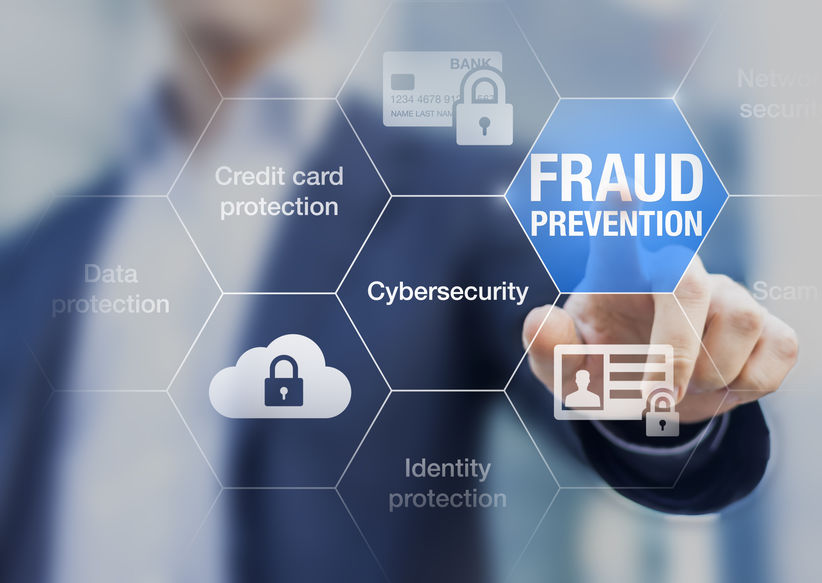If North Korea or the CIA wants to get access to your bank account or credit card, they are going to do it. The average person cannot stop a nationstate from hacking their accounts. Don’t fret! Identity Theft 101 steps can help prevent many of the common hacks, phishing attempts and ransomeware attacks for advisors and their clients.
Many consumers hear the horror stories and think it could never happen to them. In 2017 there were 14.2 million credit cards exposed and 158 million social security numbers exposed. Overall, 33% of US adults have experienced identity theft. Given these odds, it is more likely consumers will have their identity stolen than they will win the lottery or be struck by lightning. Here are five simple things people can do to protect themselves and their assets.
- Review your bank statements – Compare your receipts to your purchases on your bank account. My wife goes through our account weekly to make sure all purchases are accounted for. Set alert limits on your account, so if purchases exceed a certain amount (e.g. – $200), you will be notified. Very few people keep a check register, so it’s important monitor spending transactions.
- Shred – Cross-cut shredders cost $40 or less from Costco or Target. Shred old credit cards, receipts and financial documents to make sure thieves don’t learn personal spending habits and account numbers. Cutting or tearing up paperwork is not enough. Cross cut shredders make documents harder to put back together. Some shredders even have special slots just for credit cards.
Simple Cyber Security Terms
- Passphrase – I recommend this in every cyber security and ID theft blog post and article. LastPass, OnePassword and Dashlane encrypt information from end to end (i.e. – they don’t know what your passwords are). Passwords are scrambled with random letters, numbers and characters with strength ratings to indicate how effective they are. Users are encouraged to use a passphrase instead of a password (e.g. – TheHobbitismyfavoriteLOTRmovie2004!). Phrases are harder to guess than words.
- Credit reports – Review your credit reports once a year. Be certain they don’t include accounts that you have not opened. Experian, Equifax and Transunion You can order it for free from Annualcreditreport.com. Credit Karma and other apps provide links to credit agencies and FICO scores.
- Embrace Technology – Firewalls prevent unwanted access to home and office routers and computers. Update the operating systems (OS) for your computers and mobile devices. These updates contain security patches and fixes not previously identified. Biometrics like FaceID and TouchID make accessing mobile devices more difficult. Use the tools available to protect to private information.
Identity theft is on the rise, and if you have not been impacted by it, you will be one day. Hackers and thieves find new ways every year to get access to sensitive information. The best way consumers protect themselves is with education. Learn which links to avoid and how to protect your assets. Finally, share the information with friends and family. The Dark Web is real, and it is our responsibility to limit its access to our data.
Scientifically Speaking, of course…




